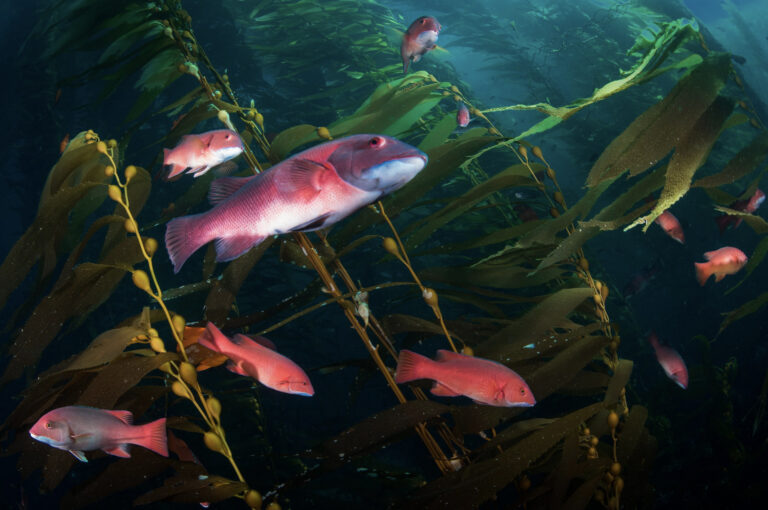
5 Reasons Why Earth Day Matters More Than Ever
A celebration of beauty, resilience, and the power of connection through nature.
In March 2020, the world stood still. I remember sitting in my apartment in Vienna, watching the news roll in — cities shutting down, borders closing, planes grounded. The silence was deafening. Like so many others, I felt an overwhelming sense of helplessness. My calendar, once packed with photography assignments and travel plans, was suddenly blank. But in that stillness, a question kept echoing in my mind: What can I do now that truly matters?

A celebration of beauty, resilience, and the power of connection through nature.
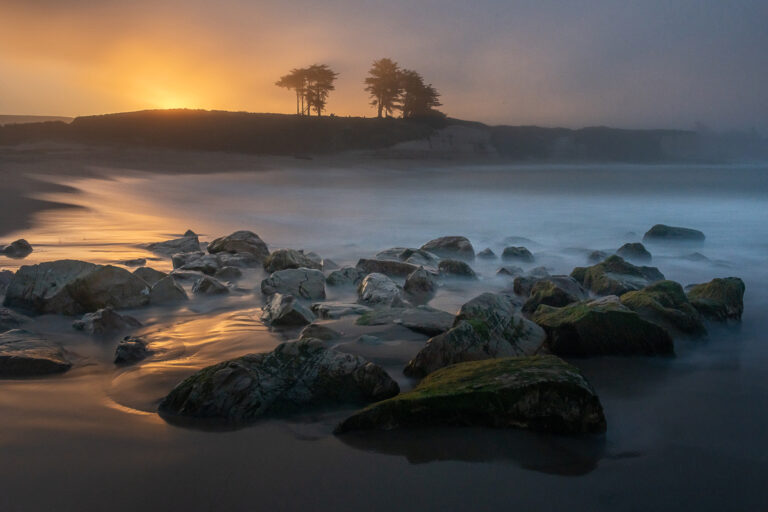
Galen Rowell once said, “You only get one sunrise and one sunset a day, and you only get so many days on the planet. A good photographer does the math and doesn’t waste either.”
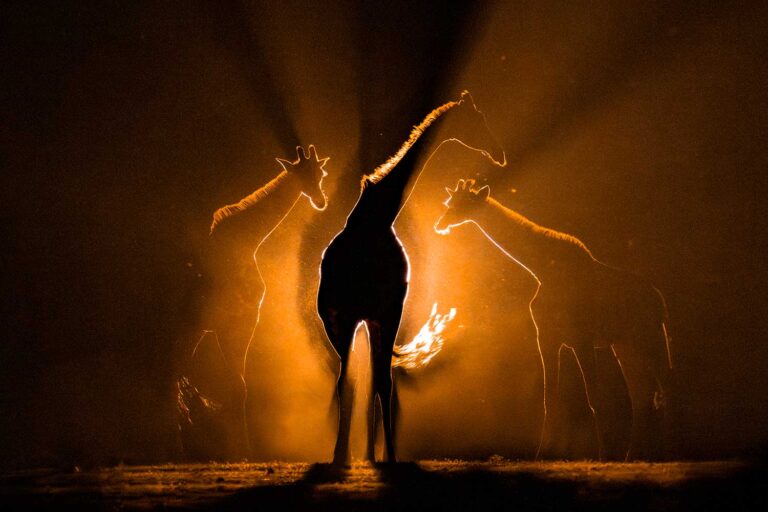
As nature photographers, it’s easy to fall into repetitive behaviors. You might tell yourself that you can only take nature photos somewhere exotic, rather than your backyard. You might visit the same favorite spots repeatedly. Or fall in love with one subject and focus on it to the exclusion of other natural subjects.
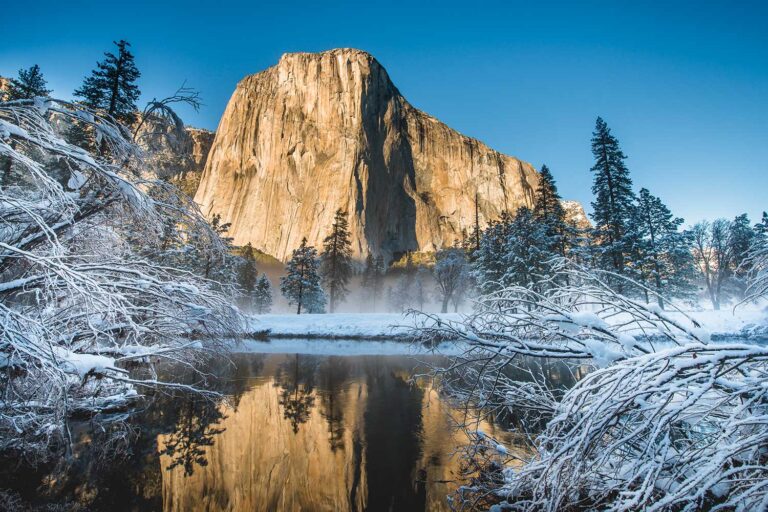
Photography workshops offer a unique opportunity to refine your photo skills, explore stunning locations, and connect with like-minded creatives. We spoke with Wild Eye’s Jason Bradley, a seasoned photography expedition leader with 15 years of experience, to discuss why he believes workshops are an invaluable experience for photographers.
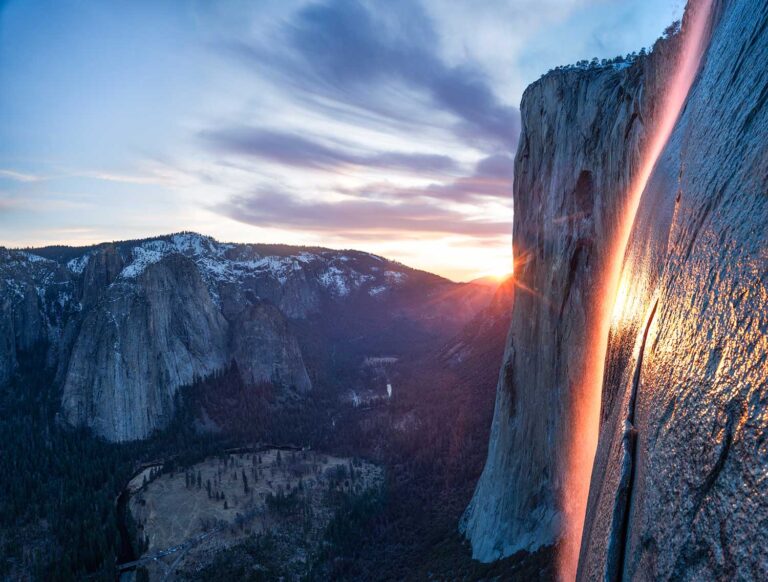
Every visit to Yosemite since my first, I’ve looked up at the waterfalls and yearned to be closer. I’ve always had a drive to not only observe nature but to interact with it, to feel it. And, of course, to photograph it.
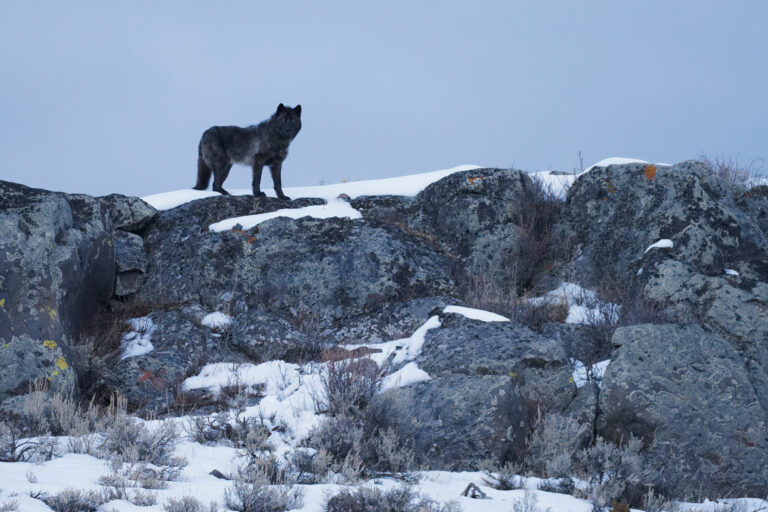
Winter in Yellowstone National Park can be really cold. So, you have to plan ahead to make the most of your Yellowstone winter adventure. I’ve lived next to this inspirational destination for over 30+ years, and winter is my favorite season for photography in the park.
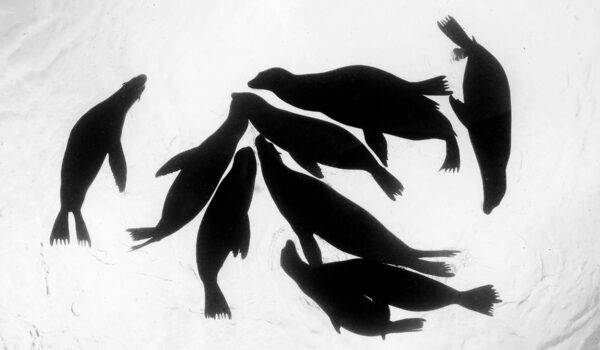
Let’s be real—underwater photography can feel like a whole production sometimes. But what if I told you it doesn’t have to be? By ditching underwater strobes and relying on the natural light show happening right above you, you can create stunning images with a fraction of the effort.
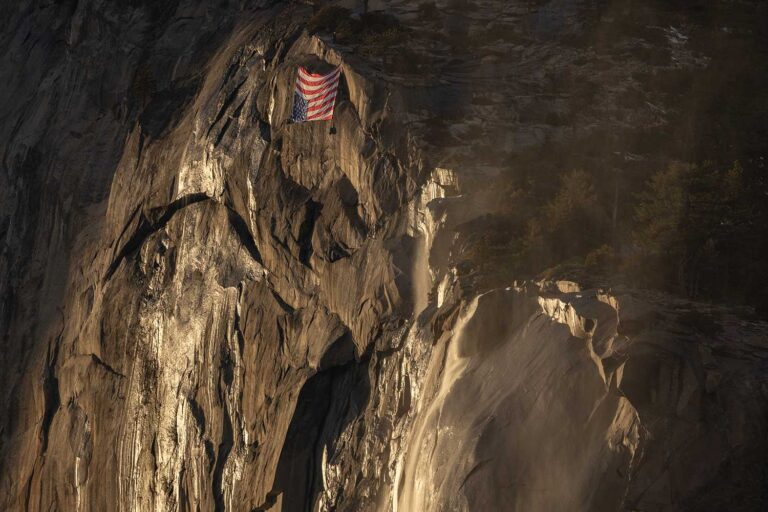
Many of you may have recently seen images of an upside down American flag hung from a cliff’s edge at Yosemite National Park in California. I was one of the photographers who captured this scene, which has been interpreted as a protest against the recent firings of over 1000 National Park Service employees. Here is what was going through my head when I captured these distressing images.
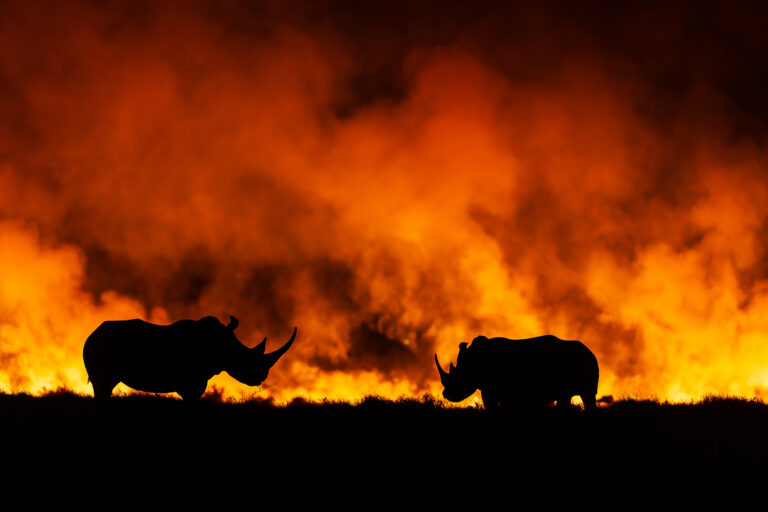
I arrived at Solio Game Reserve on February 21, 2025, to spend three days photographing rhinos. Sitting on the plains between Mount Kenya to the east and the Aberdare range to the west, Solio has a population of 250 rhinos, both white and black, on its 20,000 acres. Solio is a paradise, and it was there I learned to love these unlikely creatures.
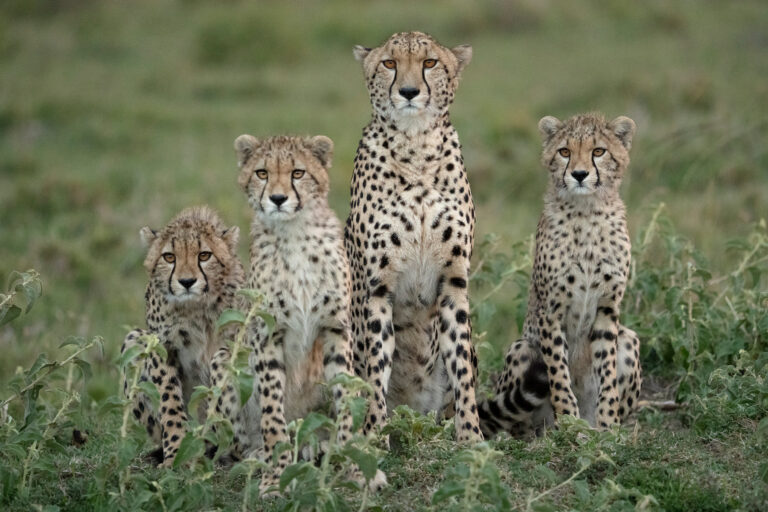
I’ve spent countless days photographing African wildlife. While I usually have a general focus in mind, I often end up capturing whatever crosses my path. To break free from these familiar patterns, I decided to shake things up and challenge myself: What if I dedicated an entire trip to documenting just one cheetah family?

Canadian photographer Andrew Mielzynski took the top prize in the International Landscape Photographer of the Year (ILPY) 2024 contest. Mielzynski, who was the runner-up in last year’s ILPY competition, was named the overall winner in 2024 for a collection of four of his images.

Seven-tenths of our planet is covered by water, and for many nature photographers, the mysteries beneath the surface are irresistibly compelling. This intrigue led me to explore the world’s oceans with my camera.
Get Annual Subscription